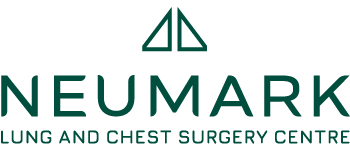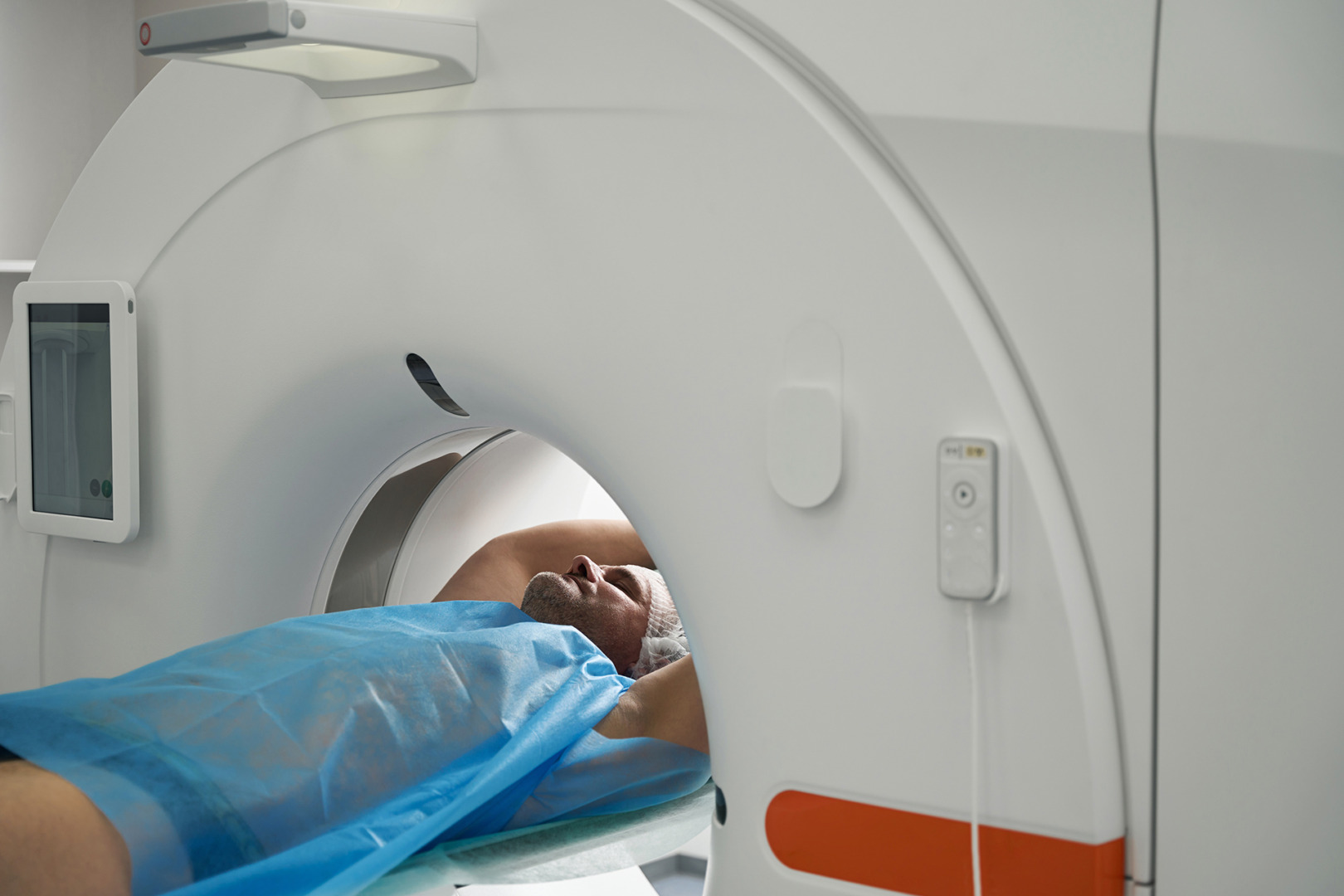Understanding Lung Cancer and the Need for Early Detection
Lung cancer is one of the most common and deadly cancers worldwide, and Singapore is no exception. According to the Singapore Cancer Registry, lung cancer is among the top causes of cancer-related deaths, especially in older adults and those with a history of smoking. The worst part? It often progresses silently until it reaches an advanced stage when treatment options are limited and outcomes are poor.
That’s why early detection is key. When lung cancer is diagnosed at Stage I, survival rates can be over 60%, a figure that drops substantially in later stages. Screening allows lung cancer to be caught before symptoms start, giving patients a much better chance of successful treatment. Low-dose lung cancer screening can be a life-saving intervention and is worth looking into if you have a family history of lung cancer, are exposed to occupational or environmental pollutants, or are a current or former long-term smoker.

What Is A Low-Dose CT Scan?
A low-dose computed tomography (LDCT) scan is an advanced imaging technique that creates detailed pictures of your lungs using X-rays. The scan utilises a specialised X-ray machine to generate 3D images of the lungs. Unlike traditional CT scans, a low-dose CT scan for lung cancer uses much less radiation, making it safe for routine screening.
A low-dose CT scan, non-invasive, fast, and painless, is a lung cancer screening test to detect early signs of cancer. It produces cross-sectional images, allowing doctors to detect small nodules or abnormalities that would otherwise be missed on a standard chest X-ray.
LDCT has become the gold standard for lung cancer screening as it produces high-resolution images with minimal radiation exposure, allowing clinicians to detect tumours at their earliest and most treatable stages.
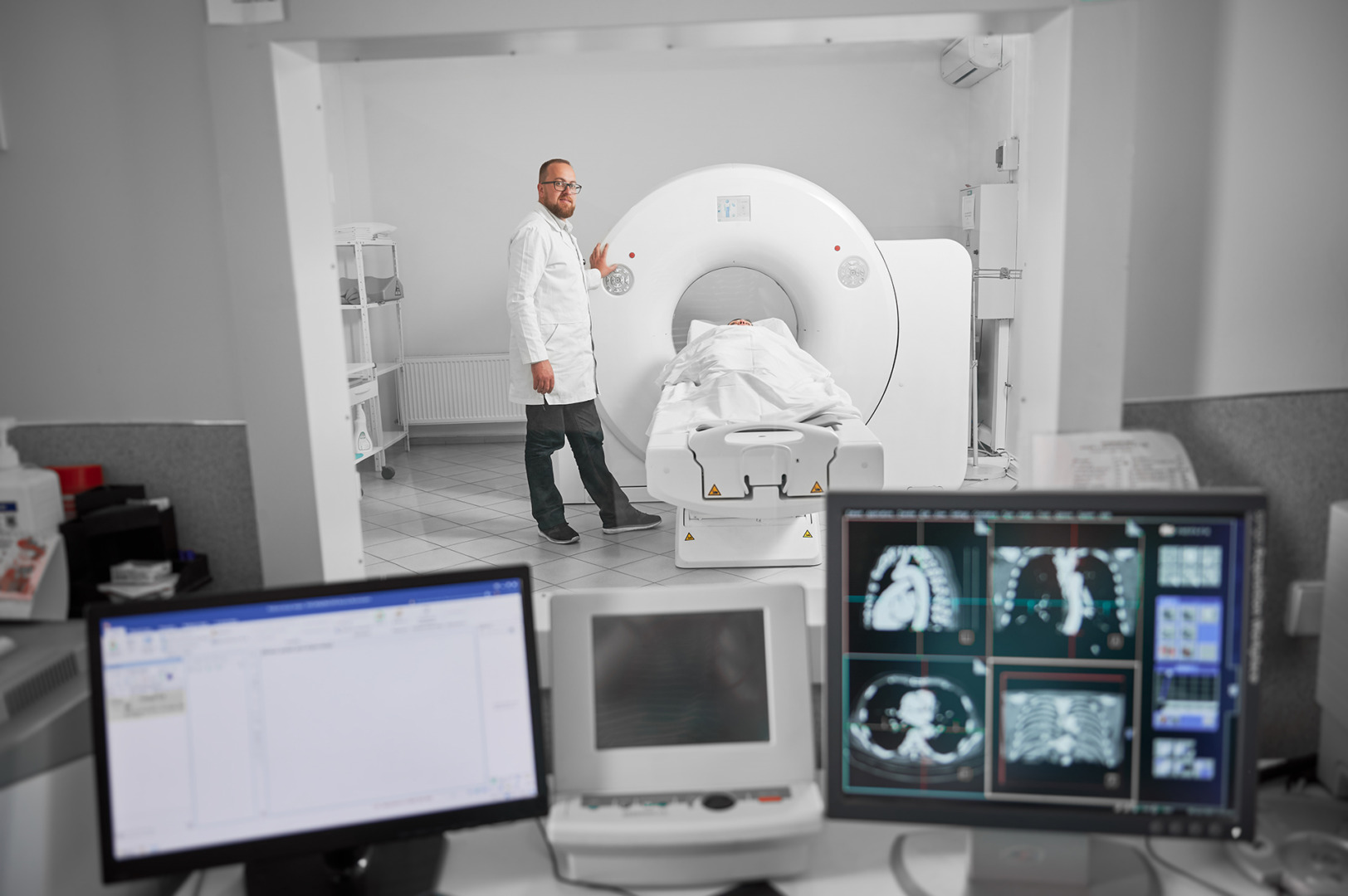
Who Should Get A Low-Dose CT Scan?
Not everyone needs to be screened. However, the benefits are significant for those in high-risk categories. International guidelines recommend annual low-dose CT scan screening for lung cancer for individuals who:
- Are between 50 and 80 years old
- Have a smoking history of at least 20 pack-years
- Are current smokers, or have quit within the past 15 years
Even non-smokers may benefit from screening in some cases, such as those with prolonged exposure to asbestos, radon or secondhand smoke. If you have a family history of lung cancer or work in a high-exposure environment, consult your specialist to determine your eligibility for a low-dose CT scan for lung cancer screening.

How A Lung Cancer Screening Works
It’s simple and quick. You’ll lie on a table that slides into the CT scanner, which takes images of your chest as you hold your breath for a few seconds: no needles, no contrast dyes and no sedation required.
From start to finish, the entire appointment takes less than 15 minutes. The scan itself takes just seconds. It’s a straightforward yet powerful tool that could make all the difference in your lung health.
The simplicity and speed of lung cancer screening are among the key advantages of this screening method.
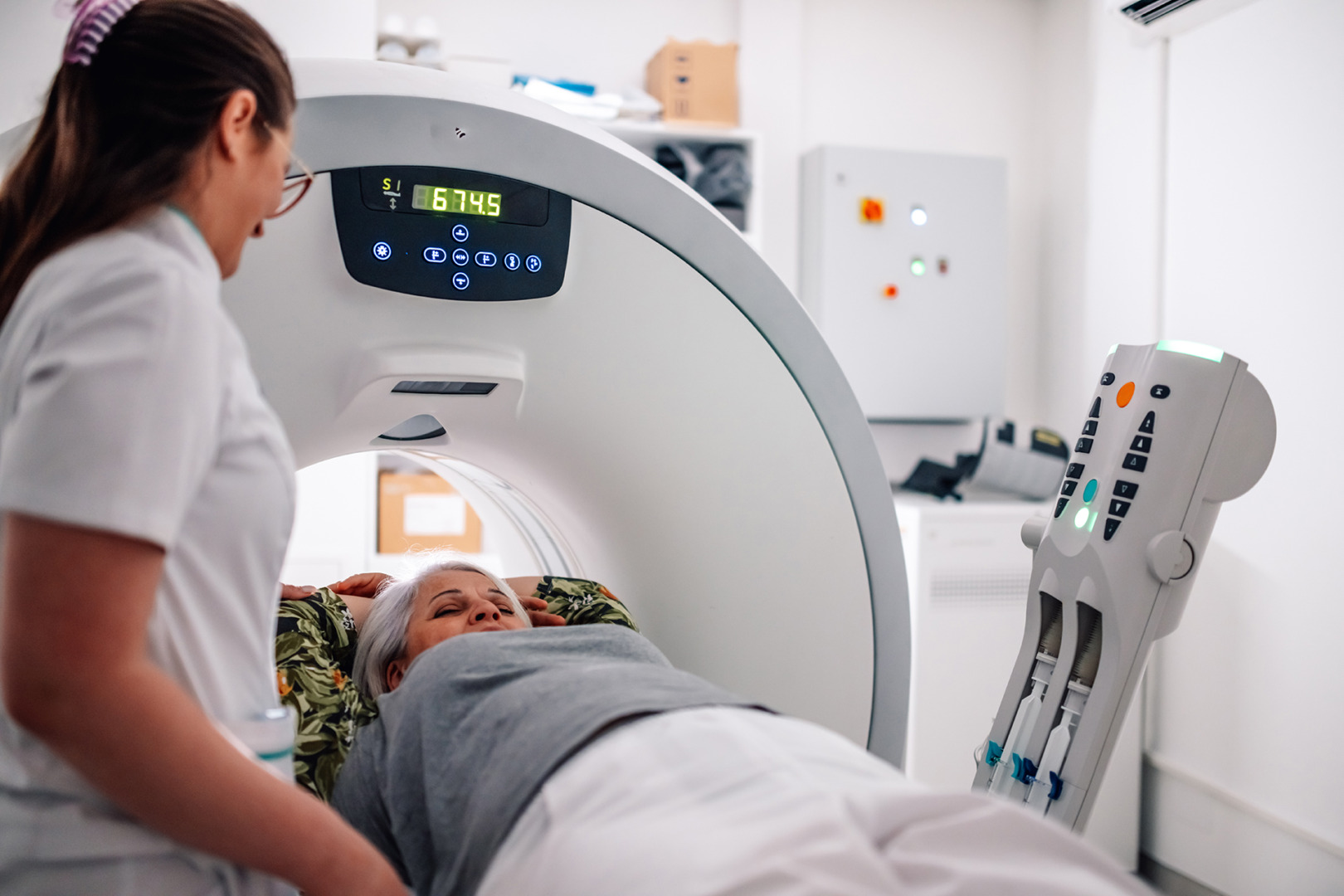
Benefits of Low-Dose CT Scan Screening for Lung Cancer
The most significant benefit of a low-dose CT scan lung cancer screening is to detect cancer at an early, more curable stage. Research has shown that regular screening in high-risk groups reduces the risk of death from lung cancer by up to 20%.
Lung cancer screening results are typically available quickly, allowing for prompt follow-up care if any abnormalities are detected.
Besides detecting early-stage tumours, LDCT scans can also uncover other lung conditions such as chronic obstructive pulmonary disease (COPD) and other infections. These incidental findings can lead to earlier interventions and better outcomes across a broader range of respiratory issues.
Early detection also allows for more targeted treatment planning, including the possibility of curative surgical resection, which is most effective when cancer is localised and has not yet spread.
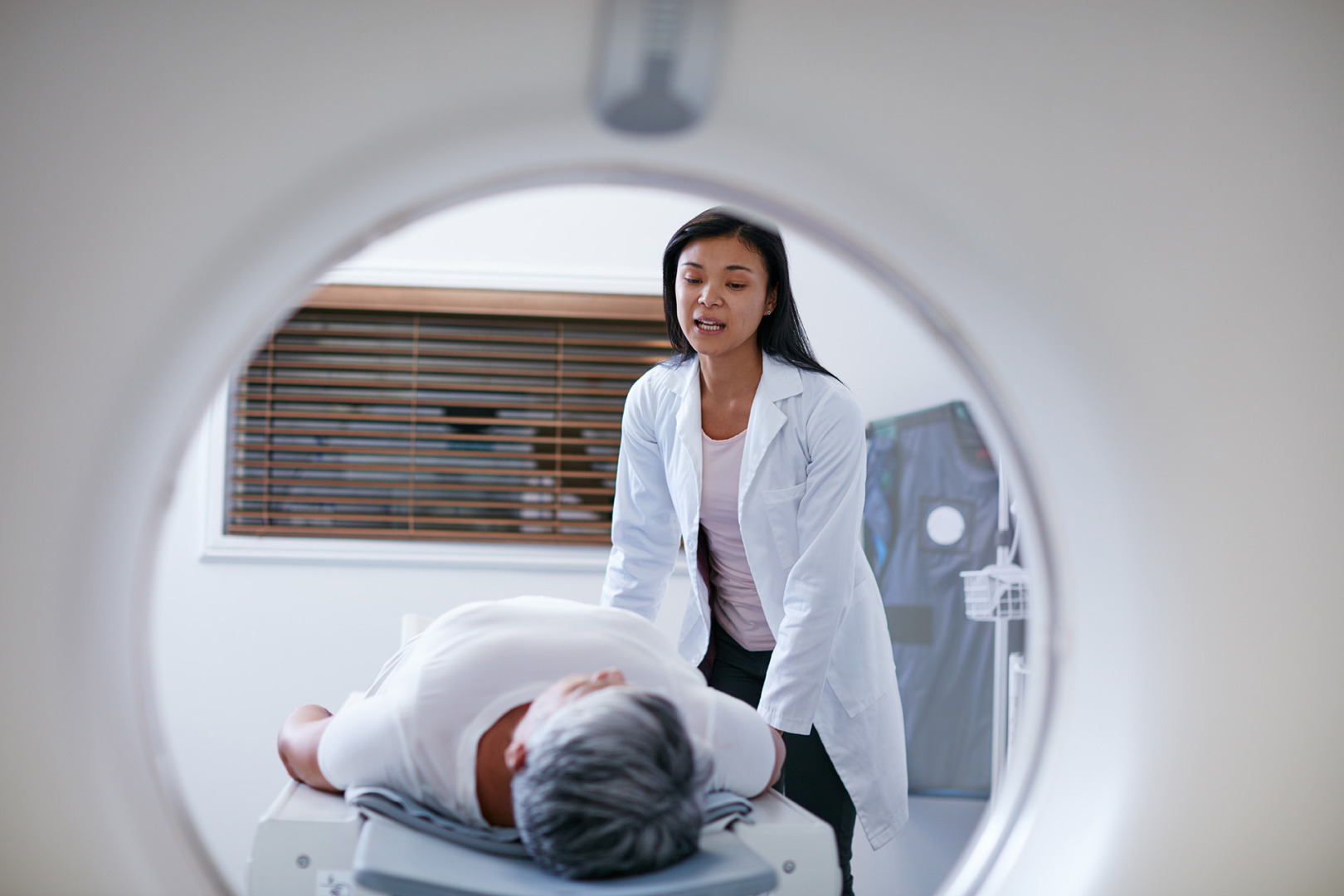
Risks and Limitations of Low-Dose CT Scans
While low-dose CT scan screening for lung cancer is considered safe, it’s essential to acknowledge its limitations. The scan does involve radiation exposure, but the dose is significantly lower than that of a conventional CT. For high-risk individuals, the benefits far outweigh this small risk.
False positives can occur when a nodule is detected but is found to be benign. This may lead to additional scans or occasionally invasive procedures. It’s important to view these follow-ups as precautionary and part of a safety net rather than a drawback.
False negatives are less common but possible. So, it’s important to maintain regular screening intervals and follow your doctor’s advice closely.
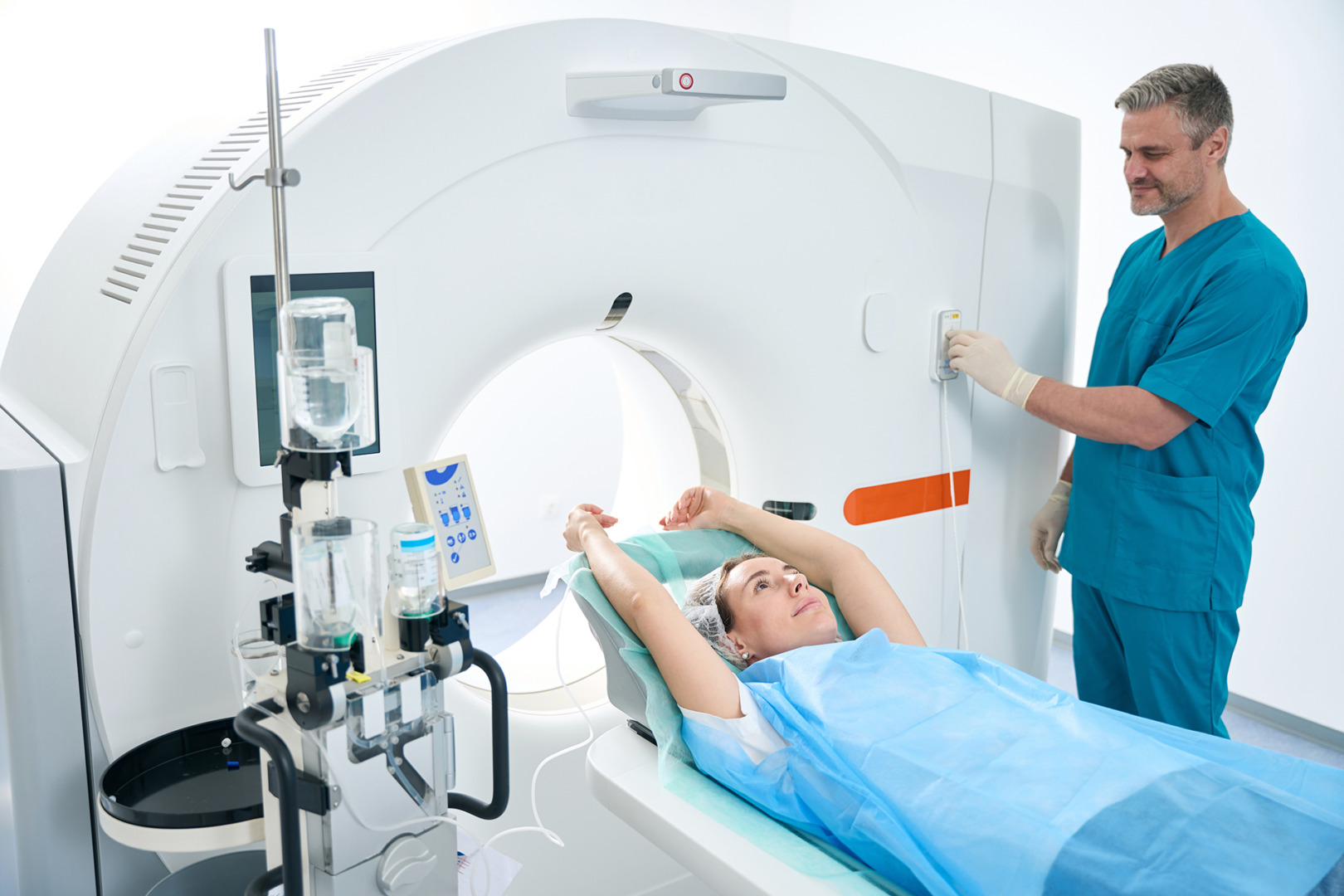
Lung Cancer and Comorbidities
Lung cancer rarely exists in isolation. Many patients with lung cancer have other health conditions, known as comorbidities, which can complicate diagnosis and treatment. Some of the most common comorbidities seen with lung cancer are chronic obstructive pulmonary disease (COPD), cardiovascular disease and pulmonary fibrosis. These are more common in individuals with significant smoking history, or a family history of lung cancer.
Low-dose computed tomography (LDCT) scans, used for lung cancer screening, have an advantage: they can detect not only early signs of lung cancer but also other abnormalities in the lungs and surrounding tissues. This dual benefit means that screening for lung cancer with LDCT can lead to earlier interventions for a range of serious health problems, not just cancer.
Comorbidities can increase the risk of lung cancer and may affect how well a patient responds to treatment. For example, patients with COPD are at higher risk of developing lung cancer, and those with cardiovascular disease may have additional challenges during cancer therapy. Recognising these overlapping risks is important for developing a personalised treatment plan that addresses all aspects of a patient’s health.
In Singapore, lung cancer is a leading cause of cancer deaths, as reported by the Singapore Cancer Registry. Smoking, second-hand smoke and family history of lung cancer are all risk factors. The Preventive Services Task Force recommends annual lung cancer screening with LDCT for adults 50 to 80 years old with a 20-pack-year smoking history and who currently smoke or have quit within the past 15 years.
If you have a smoking history, exposure to lung irritants or concerns about your risk of lung cancer and related conditions, a low-dose lung cancer screening can give you valuable insights into your lung health. Early detection of both lung cancer and comorbidities can make a big difference in treatment options and long-term outcomes. Talk to your doctor if a low-dose CT scan for lung cancer screening is right for you, and take a proactive step towards your health.
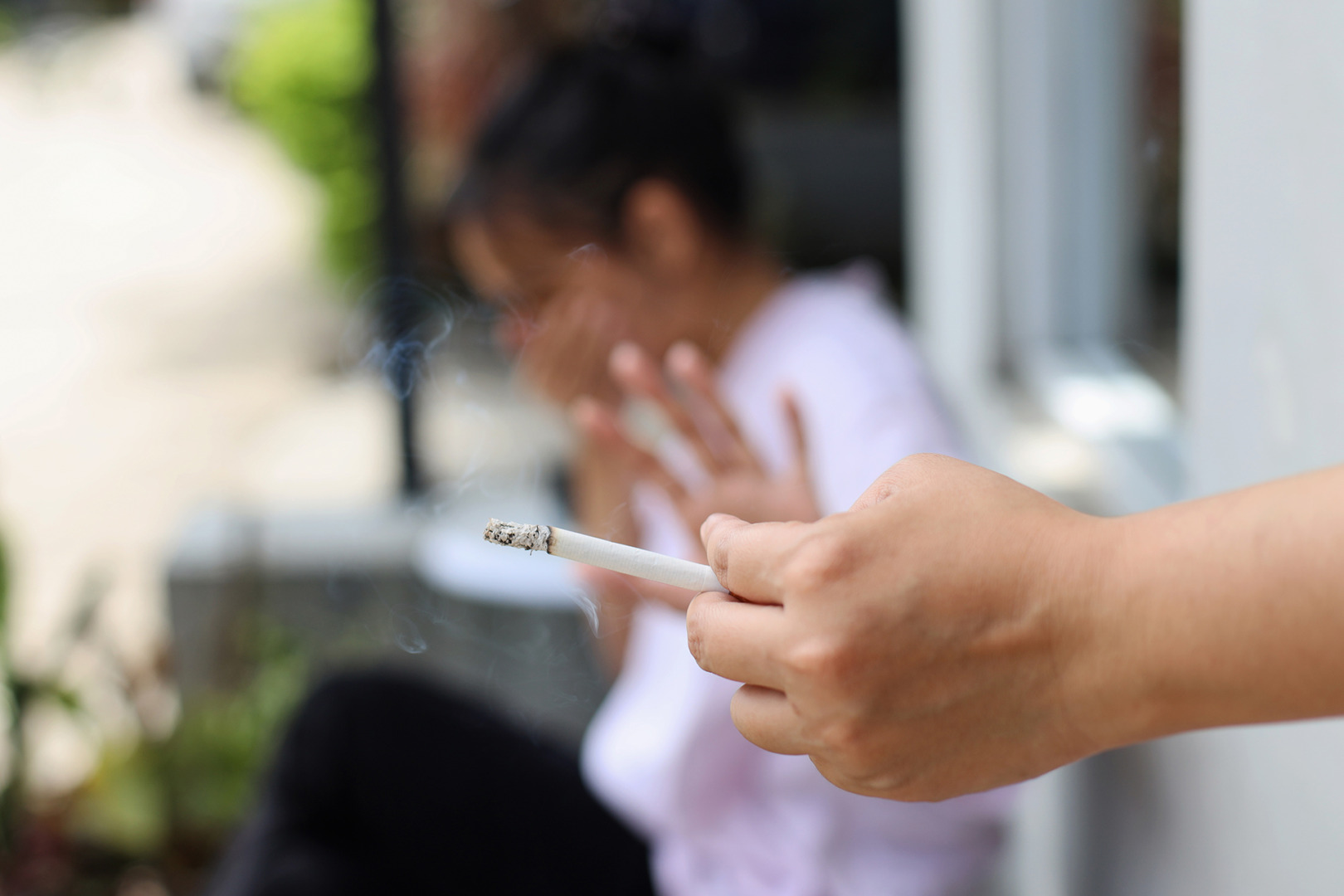
Diagnosis, Follow-Up and Results
After your low-dose CT scan, a thoracic radiologist will review the images. Results are usually categorised into negative (no abnormalities) or findings that may require further evaluation.
If nodules are detected, your consultant may recommend a follow-up scan in a few months to monitor for changes. In some cases, additional imaging or biopsy may be advised.
At Neumark Lung & Chest Surgery Centre, our multidisciplinary team of thoracic surgeons, radiologists, and pulmonologists collaborates to ensure that every result is interpreted within the broader clinical context. You will get both a scan result and a clear plan for your next steps.
Access, Cost and Insurance in Singapore
In Singapore, low-dose CT scans for lung cancer screening are available at private clinics, such as Neumark. The cost varies, but the test is often covered by insurance for eligible patients. You may also use Medisave or Medishield to offset the cost.
Some individuals, especially those with a heavy smoking history or certain occupational exposure, may be eligible for subsidised screening programmes. Consult your GP or contact Neumark to determine if you are eligible.
Integrating LDCT Screening into Long-Term Lung Health
Screening is not a one-time event but part of a long-term lung health strategy. For high-risk patients, annual scans are usually recommended.
Equally important are the lifestyle changes that support lung health. If you are a smoker, quitting is the most powerful step you can take. Other habits, such as maintaining a healthy weight, exercising regularly, and reducing exposure to pollutants, will also have a positive impact on your lung health.
Post-scan support, including smoking cessation counselling and personalised follow-up plan, is available at Neumark. Our team is committed to supporting our patients at every stage of their journey.

How to Book a Low-Dose CT Lung Cancer Screening
Booking a low-dose CT scan is a straightforward process. Most people start with a referral from their GP or respiratory specialist, but you can also contact Neumark directly for a consultation. Before your scan, you will be given instructions on how to prepare. Most people do not need to fast or change their medications. Your results will be ready within a few days and will be reviewed in detail by our specialist in lung care. If you’re looking to book your low-dose CT lung cancer screening, contact Neumark Lung & Chest Surgery Centre today.
